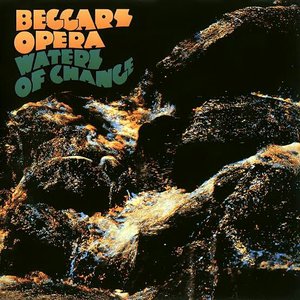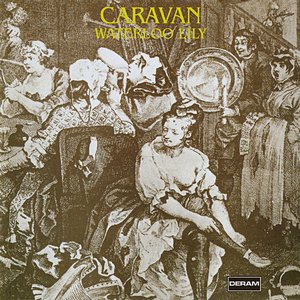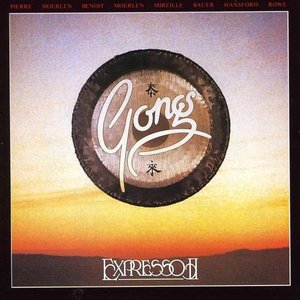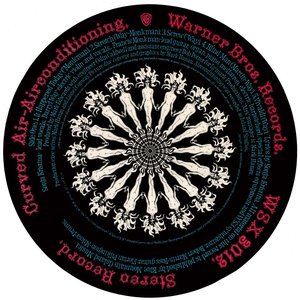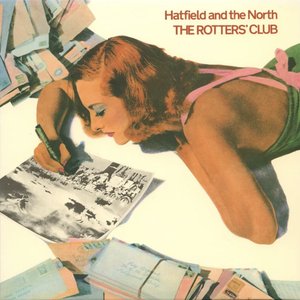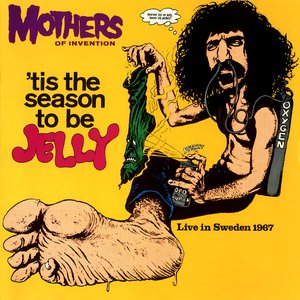Wiki
-
Release Date
1 January 1971
-
Length
24 tracks
666 (The Apocalypse of John, 13/18) is a double album by psychedelic/progressive rock group Aphrodite's Child, released in 1972. Ostensibly an adaptation of Biblical passages from the Book of Revelation, the album is the most critically acclaimed Aphrodite's Child album. It was also the group's last album, due to internal tensions during the recording process and conflict with the record company. By the time it was released, the band had already disbanded and its members begun working on solo projects.
The concept for 666 was created by Vangelis and film director Costas Ferris, who served as the project's lyricist. Ferris cited as influences the nonlinear narrative style of films Intolerance, Rashomon, Citizen Kane and The Killing, as well as The Beatles' Sgt. Pepper's Lonely Hearts Club Band and The Who's Tommy. The central concept is a countercultural interpretation of the Book of Revelation, in which a circus show based on the apocalypse performs for an audience at the same time that the real apocalypse takes place outside the circus tent, and at the end the two merge into one. Ferris described the result as a "concept book", and stated that he intended for the narration to be looser than Tommy, but more rigid than Sgt. Pepper.
The band commenced work on the album at the Europa Sonor studio in Paris in late 1970. They took just over three months to record it and finished in early 1971. The overall cost of album's recording was estimated as $80,000 or $90,000. The recording was marked by tension, as the ambitious nature of Vangelis and Ferris' concept clashed with Demis Roussos, Loukas Sideras and Silver Koulouris' wish to continue with the psychedelic pop direction that had brought them success. Vangelis, Roussos and Sideras were also accompanied by their partners, further adding to the strain. Engineer Roger Roche reported that they enjoyed playing together but would not speak to each other after they finished a take. Vangelis blamed commercial pressures for the tensions, stating, "It was too sophisticated for the group. I realised that I couldn't follow the commercial way anymore, it was very boring."
Giorgio Gomelsky, in France at the time due to his work with Magma and Gong, made several contributions to the album and by his own description served as "a sort of 'acting producer'". He believed that his contributions were not enough to warrant a producer's credit. Accordingly, on the album sleeve, he is credited as "passing by". Gerard Fallec, credited on the sleeve with "production coordination", did not play a part in the production process, but became involved during the year-long battle to have the record released. Ferris credited him with suggesting the album's final title and working on its sleeve. Additional contributors to the album included Harris Halkitis, who had filled in for Vangelis when the band toured in support of It's Five O'Clock, horn player Michel Ripoche, Greek painter Yannis Tsarouchis, actress Irene Papas, John Forst and Daniel Koplowitz.
Upon the album's completion, Mercury Records refused to release it, objecting to its uncommercial material and in particular the song "∞". In 1971, the band organised a "one-year anniversary party" at Europa Sonor, to protest the album not being released. According to Ferris, Salvador Dalí was in attendance at the party, and listened to the album. Dalí was highly impressed with the work, stating that it reminded him of the Sagrada Família, and planned an ambitious happening in Barcelona to mark the album's release. The plan was canceled when Dalí angrily broke off further contact after a friend of Ferris' referred to Gala Dalí as "Madame Éluard" during a visit in Rome.
Despite Vangelis editing "∞" from its original 39 minutes to merely five, the band continued to struggle with Mercury's obstruction. During this period, the band drifted apart. Vangelis released his first solo album Fais que ton rêve soit plus long que la nuit. Sideras began work on his own solo album, One Day, which featured arrangements by Koulouris. Roussos released his debut solo album Fire and Ice (also known as On the Greek Side of My Mind), obtaining a hit single in Europe with the song "We Shall Dance".
Eventually, Mercury agreed to release 666 on its progressive rock subsidiary Vertigo Records in June 1972. The album was promoted with one single, "Babylon"/"Break", released in November. Mercury also produced a four-song EP to encourage radio play, and ran a contest where they would give $666 to the first three promoters who could get their market's share of 40.000 sales. Although Melody Maker stated that "Break" "could easily have made the chart if it had been released as a single", neither the album nor single were commercially successful on release, the album failing to chart and the single only entering the Dutch charts at #24. Two years later, Vangelis said that the album sold well in the US.
Vertigo also released a single vinyl edition of the album in Brazil, titled Break and leaving out most of the album's instrumental songs. An extended vinyl edition of 666 was released in Greece in 1974, containing alternative mixes of songs with music cut from other versions of the album, and using a gatefold sleeve displaying the painting originally on the inner sleeve. Some of these versions had appeared on the Brazilian release.
Album descriptions on Last.fm are editable by everyone. Feel free to contribute!
All user-contributed text on this page is available under the Creative Commons Attribution-ShareAlike License; additional terms may apply.

